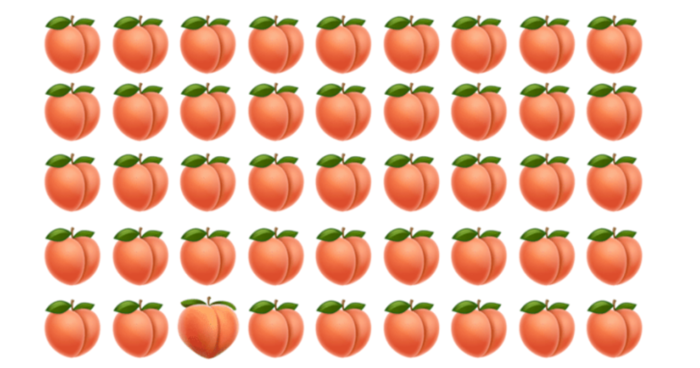Only clear-sighted people will ace this test.

During an eye exam, your provider will shine a light on your pupil to see how it dilates. The pupil is the small opening at the center of your iris (the colored part of your eye). Your provider will also check how your eyes move, focus and work together as a team. Standard tests during an eye exam include:
- Visual acuity: Your provider asks you to read letters on an eye chart (a Snellen chart) from a distance. You’ll cover one eye at a time. Your provider may ask you to read the letters when looking through a device called a phoropter, which has several lenses to help you see better. This process, called refraction, tells your provider if you need glasses and helps find the right corrective lens prescription.
- Automatic refraction: Providers use an autorefractor to measure visual acuity in young children and people who have trouble communicating. An autorefractor shines light into the eye and measures the eye’s response. Automatic refraction lets providers find the right lens prescription to correct vision.
- Visual field: To check your peripheral (side) vision, your provider holds up a finger or an object and gradually moves it from one side of your face to another. Your provider may move the object up and down and bring it closer to your eyes. You’ll only move your eyes, not your head. Many doctor’s offices use a computer program to conduct this test. This test tells providers about your full range of vision.
- Color vision test: To check for color blindness (color deficiency), your provider will show you a series of images with colored dots. Hidden among the dots are numbers in different colors. People with a color deficiency may not be able to see the numbers.
- Corneal topography: Your provider uses a computer to create a “map” of your cornea. You look at an object, and the computer takes thousands of measurements of your cornea. This test can show a curvature of the cornea (astigmatism). Providers use it to fit contact lenses and prepare for corneal transplants and other eye surgery.
- Ophthalmoscopy: Your provider uses eyedrops to make your pupils dilate (get bigger). You’ll wait while your pupils fully dilate (about 15 to 20 minutes). Then your provider uses a handheld instrument to shine a light in your eye. With your pupils open, your provider can examine the cornea, lens, retina, optic nerve and surrounding blood vessels. Another name for this test is fundoscopy.
- Slit-lamp exam: After dilating your pupils with special eyedrops, your provider examines your eyes using a microscope (slit lamp) mounted to a table. You rest your chin and forehead on the equipment. Your provider looks at your eyes through the slit lamp. The slit lamp allows your provider to see the parts of your eye under high magnification.
- Tonometry: This test detects problems with pressure in the eye. Increased pressure is a sign of glaucoma. Your provider places drops in your eyes to numb the area. Then an instrument called a tonometer blows a small puff of air on the cornea. During applanation tonometry, your provider uses a flat-tipped cone that gently comes into contact with your cornea. The device measures the amount of pressure needed to flatten a portion of your cornea.
- Fundus photography and optical coherence tomography (OCT): These imaging tests are used to evaluate structures in the eye such as the retina and optic nerve. The pupil is usually (but not always) dilated first. A camera is used to obtain digital images (photos), or a computerized low-power imaging scanning system is used to obtain thousands of images in a few seconds (OCT). Image patterns can be used to diagnose and/or follow various retinal, optic nerve, and corneal conditions.
